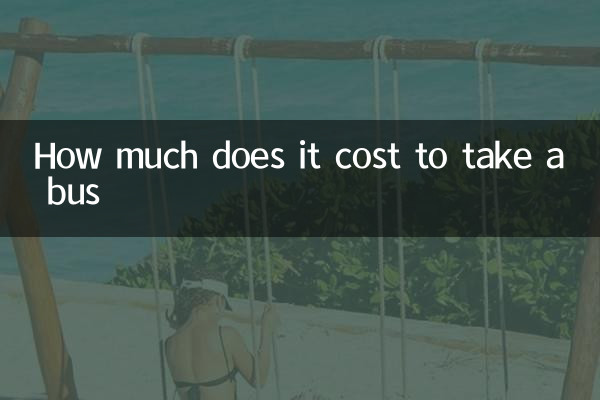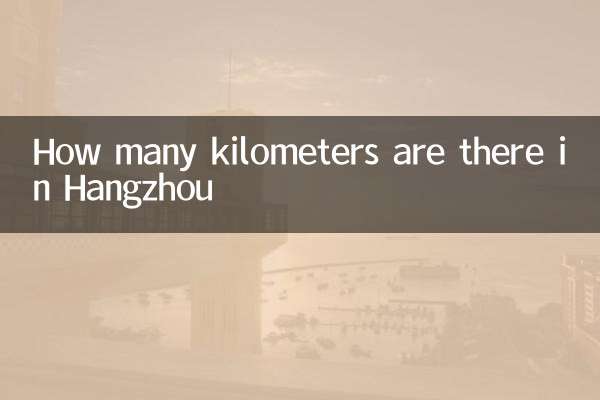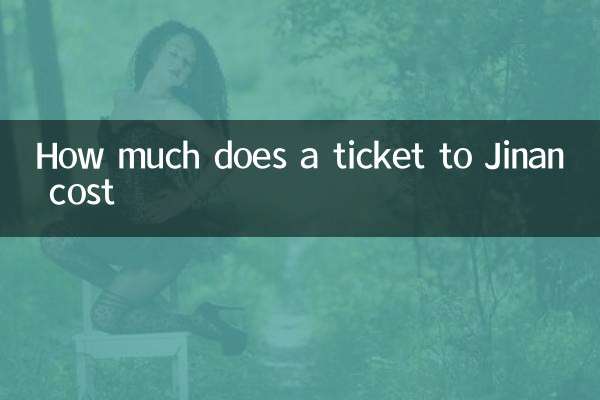How much does it cost to take a bus
As an important part of urban public transportation, buses have always been the focus of attention of citizens. The bus fares in different cities vary greatly, and are affected by factors such as local economic level, policy subsidies, and operating costs. This article will combine popular topics and hot contents on the Internet for the past 10 days to analyze bus fares in various places in detail and provide structured data for reference.
1. Comparison of bus fares in major cities across the country

The following is a comparative data on bus fares in some key cities across the country:
| City | Normal fare (yuan) | Discounted fare (yuan) | Payment method |
|---|---|---|---|
| Beijing | 2 | 1 (Student/Elderly) | Cash/Bus Card/Mobile Payment |
| Shanghai | 2 | 1 (Student/Elderly) | Cash/Bus Card/Mobile Payment |
| Guangzhou | 2 | 1 (Student/Elderly) | Cash/Bus Card/Mobile Payment |
| Shenzhen | 2.5 | 1.25 (student/elderly) | Cash/Bus Card/Mobile Payment |
| Chengdu | 2 | 1 (Student/Elderly) | Cash/Bus Card/Mobile Payment |
| Wuhan | 2 | 1 (Student/Elderly) | Cash/Bus Card/Mobile Payment |
2. Factors influencing bus fare prices
Bus fares are not static, but are affected by a variety of factors:
1.Government subsidies: Bus operations in many cities rely on government subsidies to maintain lower fares. For example, Beijing subsidies to the public transportation system reach hundreds of billions of yuan each year.
2.Operating Costs: Fuel prices, vehicle maintenance, labor costs, etc. will affect the bus fare prices. Oil prices have risen recently, and some cities have begun to consider adjusting ticket prices.
3.Payment method: With the popularity of mobile payments, many cities have launched discounts on electronic payments. For example, Hangzhou City can enjoy a 10% discount when using Alipay to ride.
3. Recent hot topics
1.Popularization of new energy buses: Many places have accelerated the renewal of new energy buses. Although the initial investment is large, operating costs can be reduced in the long run and the fare is expected to stabilize.
2.Bus fare adjustment hearing: Recently, cities such as Shenyang and Qingdao held hearings on adjustment of public fares, which triggered widespread discussion among citizens.
3.Public transportation preferential policies: Many cities have introduced new preferential policies, such as Nanjing's free bus rides for retired soldiers, which has received good reviews.
4. How to check the local bus fare
1. Visit the official website of the local bus group or WeChat official account.
2. Use map APPs (such as Gaode and Baidu Maps) to check the specific route ticket prices.
3. Call the local bus service hotline for consultation.
5. Future bus fare trend forecast
As urbanization accelerates and environmental protection requirements increase, bus fares may change as follows:
| trend | possibility | Influence |
|---|---|---|
| Ticket prices rise slightly | Higher | Relieve operational pressure |
| Expand preferential policies | high | Benefit more groups |
| Differentiated fare | medium | Charge by mileage or time period |
In general, bus fares are related to the daily lives of thousands of households. Although some cities have been considering adjusting fares recently, most cities will still maintain relatively stable fare prices policies and continuously expand the scope of preferential treatment to make public transportation more conducive to the people.
It is recommended that citizens pay more attention to changes in local public transportation policies and choose travel methods reasonably. At the same time, local governments should also strengthen information disclosure and communication to make ticket price adjustments more transparent and reasonable.

check the details

check the details